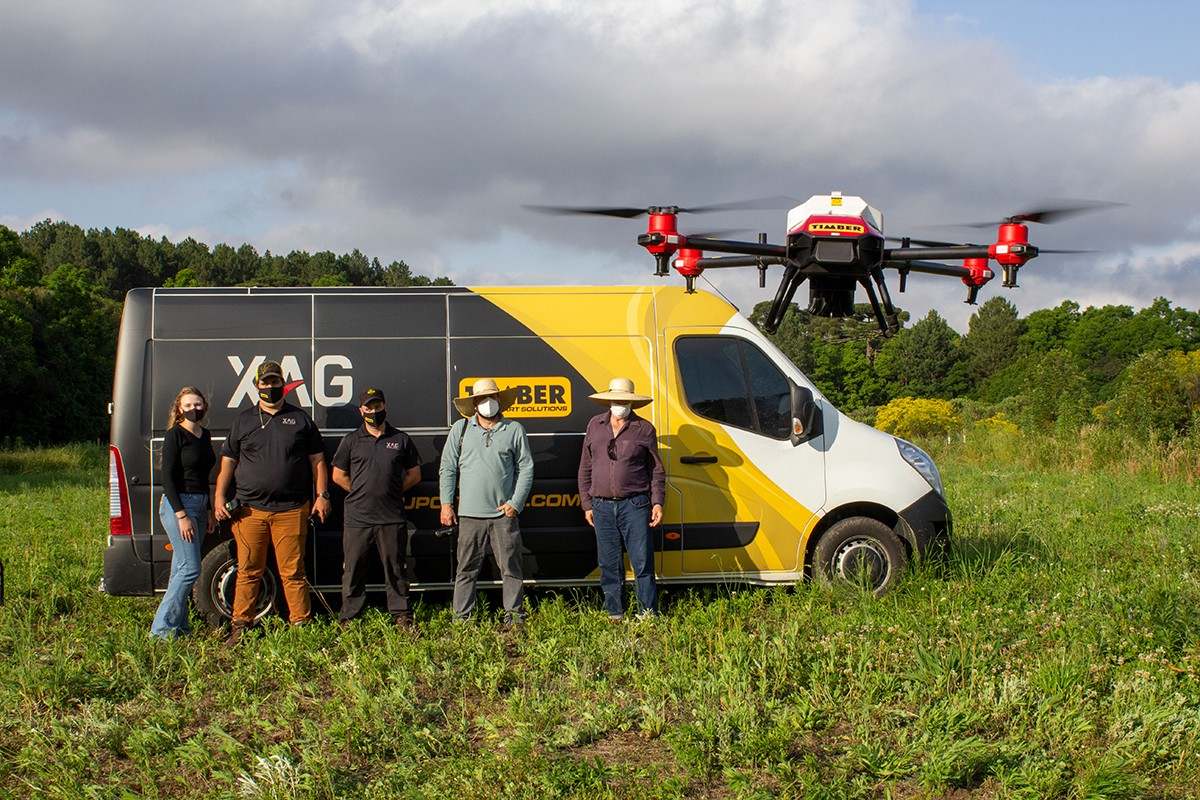Sure! Please provide the date and time that you would like me to reformat.
Revolutionizing Forest Restoration: XAG’s Drone Project in Brazil

A collaborative project by UFPR and Timber aims to harness drone technology for forest restoration.
Innovative Approach to Reforestation
In a groundbreaking initiative, the Federal University of Paraná (UFPR) in Brazil has partnered with XAG’s local collaborator, Timber, to explore the use of agricultural drones for forest restoration. This pioneering project seeks to assess the effectiveness of drone-based seed planting for native tree species, marking a significant step in enhancing forest growth and replanting efforts.
Details of the Arboreto Project
Dubbed the Arboreto Project, this endeavor aims to expedite the forest restoration process by integrating commercial interest with environmental adaptability in the tree species selected for replanting. According to the project team, the use of drones provides a viable alternative, especially in terrains that are difficult to access, offering a boost to the overall productivity of planting efforts.

UFPR students learning about drone technology from Timber’s engineers.
Executing the Field Experiment
During the experimental phase, the team equipped drones with smart containers capable of weighing and sorting different seed amounts. Pilots inputted critical operational parameters into a mobile application, enabling the drone, outfitted with a spreading attachment, to traverse designated areas while dispersing seeds from various native tree species.
The Promise of Drone Technology
Advocates for this approach, dubbed “Drone Nerds,” suggest that automated seed planting offers a more efficient means of restoring forests compared to traditional manual labor. The ease of drone operation could provide a cost-effective solution for governments and organizations involved in replanting native trees.
XAG’s Role in Agricultural Innovation
XAG is recognized as a leading innovator in agri-tech, with its drones deployed in 42 countries for various agricultural tasks, including seed sowing, fertilizer distribution, and pest management. The robots offer versatile solutions intended to streamline operations and foster sustainable practices within agriculture and forestry.

The XAG Agricultural Drone operates fully autonomously, showcasing future possibilities in reforestation.
Addressing Global Deforestation Challenges
With deforestation emerging as a pressing global issue influencing climate change and food security, utilizing drones for reforestation appears increasingly relevant. Brazil, home to the second largest forested area in the world, has pledged to eliminate and reverse deforestation by 2030, as outlined at the COP26 climate summit.
Current and Future Evaluations
As the seeds of hope have been sown, ongoing evaluations will focus on germination rates and tree growth dynamics, aiming to identify the optimal seed mixtures suited for drone applications. Additionally, UFPR is exploring the drone’s capabilities in fertilization and pest control within commercial timber plantations.
“Implementing such technology can greatly enhance our ability to manage native tree planting, providing precision and control that is essential,” remarked Professor Alessandro Camargo Angelo, emphasizing the potential benefits of this innovative approach.

Photo credit: TIMBER FOREST EQUIPAMENTOS


